A team from the Institute of Materials Science of Barcelona (ICMAB), of the CSIC, has installed wireless sensors in the Covides vineyards to test their application in precision agriculture. These sensors provide information on the temperature and humidity of the soil and the environment. The information collected, which can be consulted wirelessly and in real time from a cell phone, is essential to know relevant parameters for grape growth and for a more efficient management of phytosanitary products and water.
The information obtained is very useful for winegrowers but also aids continuous improvement in the design of the innovative power generator. “In vineyards, there is always a temperature difference between the environment and the soil, both day and night,” Campoy-Quiles points out. “This temperature difference will be exploited by the thermoelectric generators we are designing, which convert thermal energy into electricity and will be able to renewably power the sensors and other components.”
The information on temperatures at different depths in a real environment has made it possible to start designing thermoelectric generators based on the technology patented by the Campoy-Quiles team, which uses non-toxic materials and which it has managed to prescale as part of the OrGeVine project.
The data provided by these IoT devices (datalogger for the experts) are sent via a radio signal to a nearby control station, which receives the information and publishes it online so that it can be consulted from a cell phone. “A differentiating aspect of our project is that the winegrower can consult relevant parameters for his vineyard, such as humidity and temperature, locally, wirelessly and in real time,” says the researcher. Knowledge of these variables, which are essential for grape growth, is key to the development of precision agriculture, whose objectives are to improve the yield of wine production, the management of phytosanitary products and water and, in a broader context, to adapt to climate change.
This technology resolves some of the limitations of other devices with similar applications. The installation of a weather station at a specific point of the plot provides continuous information, but from a specific place; and flights with drones or light aircraft make images of different plots, but with a very low periodicity. We are trying to combine the two ideas: to have information from all the plots and on a continuous basis,” Campoy-Quiles explains.
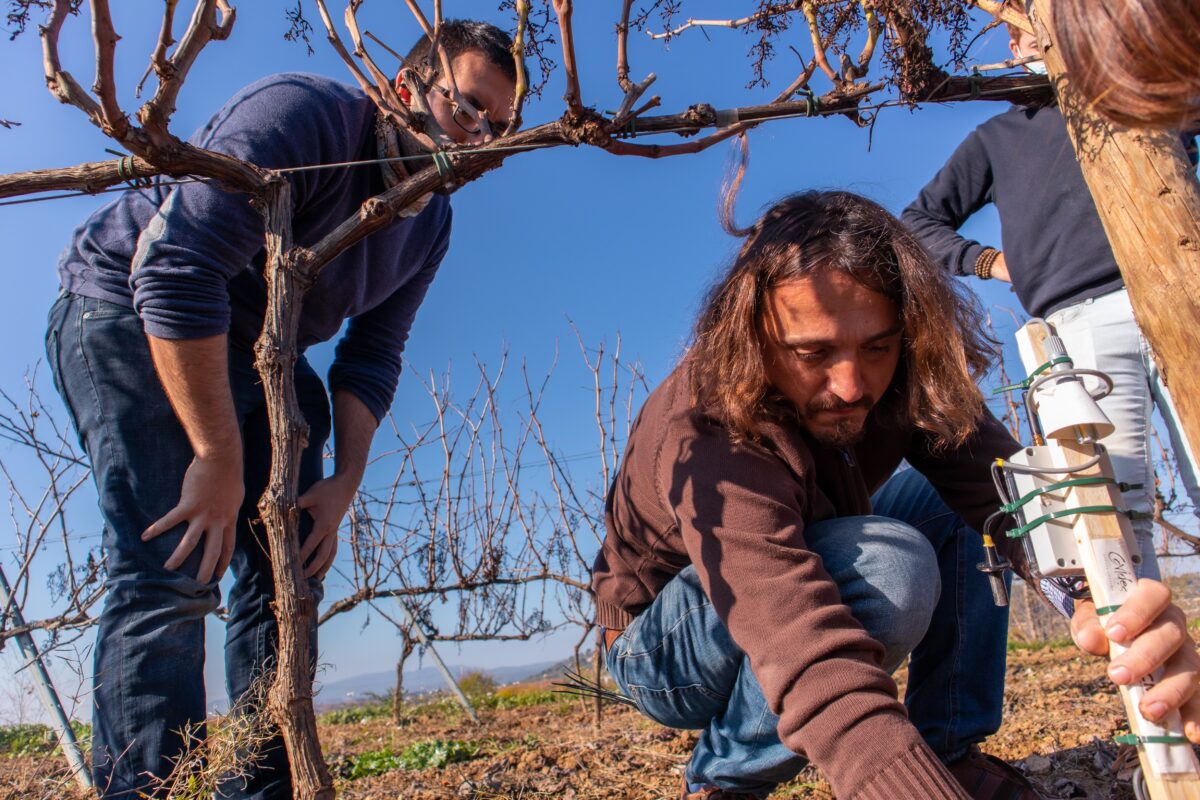
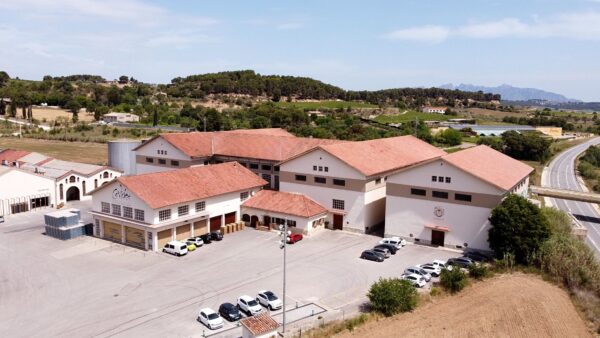
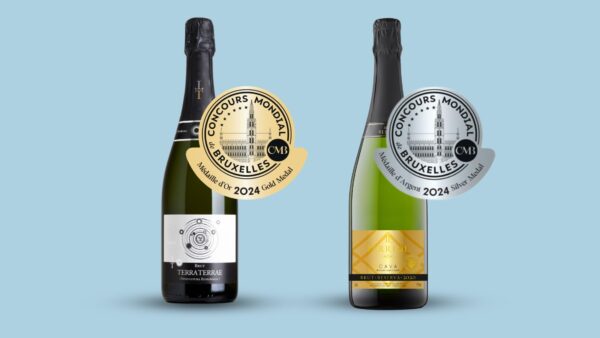
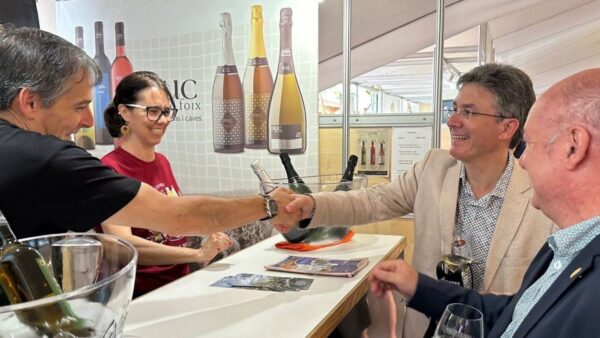
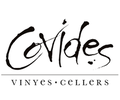
Leave a Reply
You must be logged in to post a comment.